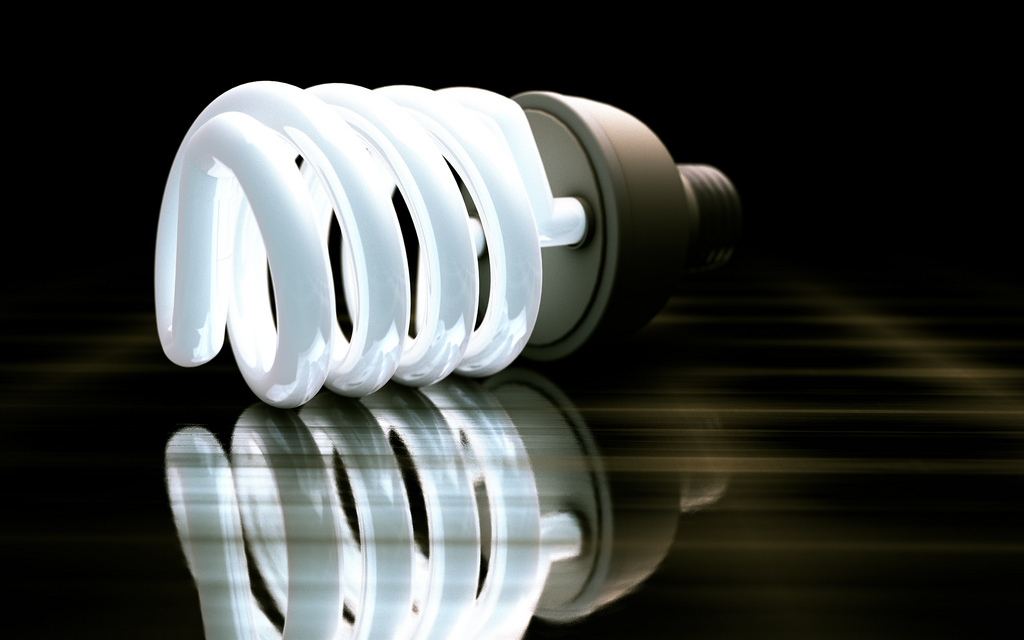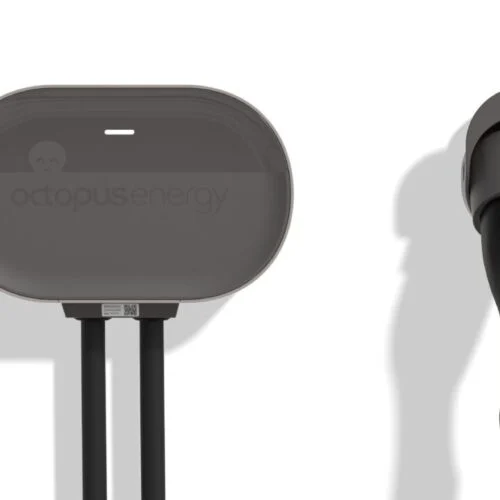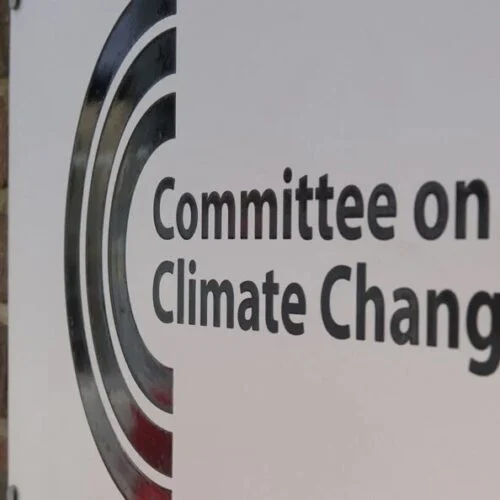The latest edition of EEVS Insight and Bloomberg New Energy Finance’s energy efficiency trends report has shown record levels of interest in efficiency works by UK businesses.
January 2016’s edition covering Q3 2015, available here, found that 82% of businesses questioned said they had commissioned an energy efficiency project, representing an uptick on the long-term trend of 70% and a new high for the sector.
The report also found that four in five businesses questioned had undertaken at least one project in the last three years.
Of most interest to businesses were lighting-based works, particularly those involving lighting controls. Energy efficient lighting has long been considered a ‘low-hanging fruit’ for the efficiency market considering its comparatively low-cost and minimal disruption.
Lighting systems have also been known to produce attractive rates of returns. Speaking to Clean Energy News earlier this month Kingspan Insulated Panels’ Tony Ryan discussed how his company’s facility in Selby saved more than 90% of its lighting costs through the adoption of a lighting control system, delivering an IRR of 50% and payback period of 3.2 years.
Financial trends covered by the report include how just one in five investments in energy efficiency fell under the mid-range financial costs of £50,000 to £500,000. Most fell under the sub-£50,000 category, while more expensive projects also recorded a sequential rise.
One trend particularly of note has been the recorded increase in combination funding, wherein companies use both in-house and external sources of investment to finance efficiency projects. This is expected to continue to grow in prominence throughout 2016.
IRRs also returned towards the long-term trend of between three and four years, and EEVS attributed this to an increase in projects with payback periods in excess of seven to ten years.






